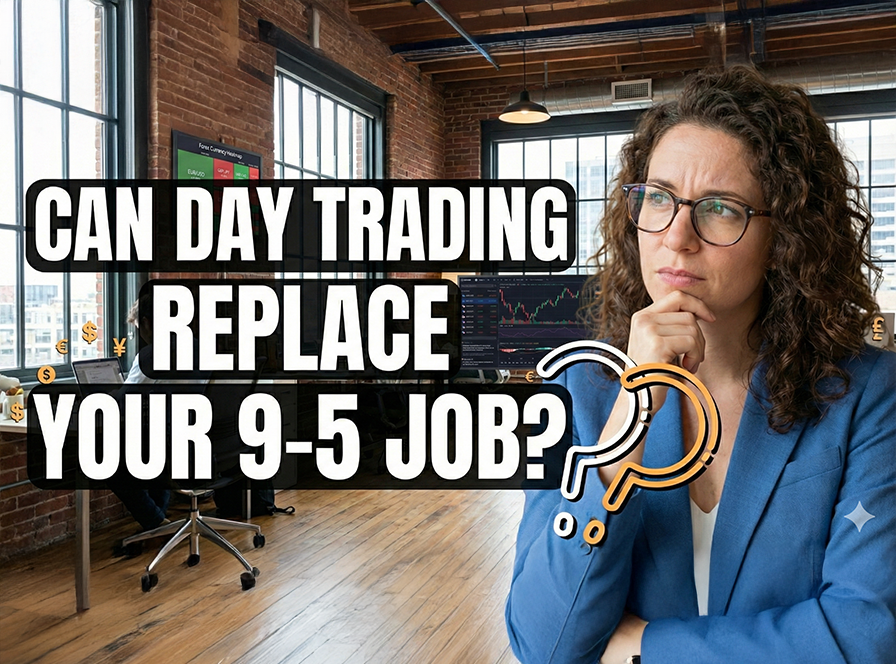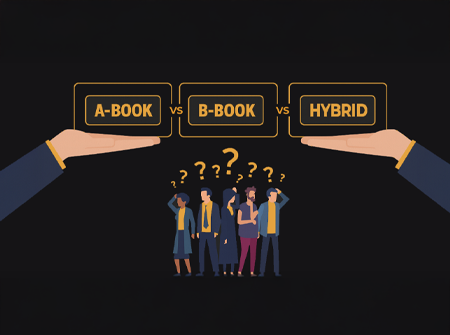Forex trading can feel overwhelming at first, especially with all the technical terms and jargon. If you want to succeed, you must understand the basic language of the market.
Terms like spread, swap, margin call, stop out, bullish, bearish, short, long, and leverage are not just vocabulary—they are essential concepts that affect every trade you place.
This guide will explain each term in detail, with examples, so you can trade with confidence and avoid costly mistakes.
1. Spread
The spread is the difference between the bid price (sell) and the ask price (buy) of a currency pair. It represents the broker’s fee for executing trades.
- Example: If EUR/USD bid = 1.1000 and ask = 1.1002 → spread = 2 pips.
- Lower spreads are better for scalpers and day traders.
Types of Spread:
- Fixed Spread – Always the same, even during volatility.
- Variable Spread – Changes depending on market conditions.
Why It Matters:
High spreads eat into profits, especially for short-term traders.
2. Swap
A swap (or rollover) is the interest paid or earned for holding a trade overnight. It’s based on the interest rate difference between the two currencies in the pair.
- If the interest rate of the currency you buy is higher, you earn positive swap.
- If it’s lower, you pay negative swap.
Example:
Holding AUD/JPY long may earn you positive swap (because AUD often has higher rates than JPY).
Why It Matters:
- Affects long-term trades.
- Swap-free (Islamic) accounts are available for Muslim traders.
3. Margin Call
A margin call happens when your account equity falls below the required margin to keep positions open. The broker warns you to add more funds.
Example:
- Account balance = $1,000
- Open positions require $800 margin
- Market goes against you, equity drops to $700 → margin call triggered.
Why It Matters:
Ignoring a margin call may lead to forced trade closure (stop out).
4. Stop Out
A stop out occurs when the broker automatically closes your losing positions because your account no longer has enough margin to support open trades.
- Stop out level varies by broker (e.g., 20%, 50%).
- Protects traders from going into negative balance.
Why It Matters:
Stop out = account protection, but it also means you’ve lost most of your equity.
5. Bullish
A bullish market means prices are rising. Traders believe the market will continue upward.
- Example: If EUR/USD moves from 1.1000 → 1.1200, the pair is bullish.
- Symbolized by the bull (attacking upward with horns).
Trading Strategy:
In bullish conditions, traders look for buying (long) opportunities.
6. Bearish
A bearish market means prices are falling. Traders expect the market to continue downward.
- Example: If GBP/USD falls from 1.3000 → 1.2700, the pair is bearish.
- Symbolized by the bear (attacking downward with paws).
Trading Strategy:
In bearish conditions, traders look for selling (short) opportunities.
7. Short (Sell Position)
To go short means selling a currency pair, expecting the price to fall.
- Example: If you short EUR/USD at 1.1200 and close at 1.1100, you profit 100 pips.
Why It Matters:
Unlike stocks, Forex allows profit in both rising and falling markets.
8. Long (Buy Position)
To go long means buying a currency pair, expecting the price to rise.
- Example: If you buy GBP/USD at 1.2800 and close at 1.3000, you profit 200 pips.
Why It Matters:
Long trades are common in bullish markets.
9. Leverage
Leverage allows you to control larger positions with smaller capital.
- Example: With $100 and 1:1000 leverage, you can open trades worth $100,000.
- It multiplies both profits and losses.
Why It Matters:
- Powerful tool for small traders.
- Dangerous if misused (can cause margin calls).
Practical Example
Let’s combine these terms in a real-life scenario:
- You deposit $500 with 1:500 leverage.
- You go long (buy) EUR/USD because of a bullish trend.
- Spread = 2 pips (broker fee).
- You hold the trade overnight and pay a negative swap of $1.50.
- Market goes against you → account equity drops, broker issues margin call.
- If losses continue, broker activates stop out at 20%.




